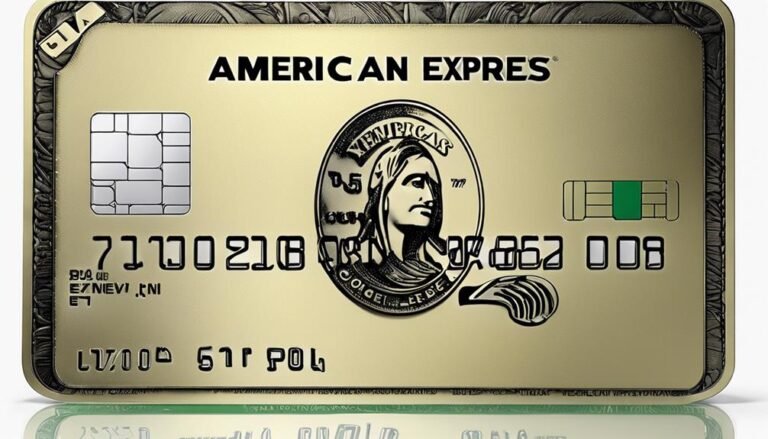Account Freeze: Definition, Purposes, Time Length
Account freezes serve as a crucial tool in the domain of financial security, but the intricacies surrounding their implementation and duration often raise questions. Understanding the specific reasons behind an account freeze and the potential impact on individuals or businesses is essential. Furthermore, the varying lengths of these freezes can greatly affect the parties involved, prompting a deeper exploration into the factors influencing the time frames set for such actions. This discussion seeks to shed light on the complexities of account freezes, their intended purposes, and the implications of their duration, inviting a closer examination of this intricate financial safeguard.
Key Takeaways
- Account freeze prevents fraud and ensures compliance with regulations.
- Duration limits vary from days to months, governed by legal implications.
- Freezes safeguard assets, allowing time for investigations into irregularities.
- Initiations include account holder requests, government actions, and court orders.
- Transparency in notification procedures and adherence to time frames are crucial.
Definition of Account Freeze
The act of freezing an account entails the temporary restriction of its withdrawal and purchase capabilities to safeguard against unauthorized transactions and protect the account holder's assets. Account freeze consequences can include inconvenience for the account holder, potential financial losses due to inability to access funds, and the need to resolve the underlying issue prompting the freeze.
Additionally, account freeze implications may vary based on the reason for the freeze, such as suspected fraudulent activity, compliance violations, or legal obligations. Understanding the reasons behind an account freeze is essential for successfully managing the process, ensuring prompt resolution, and mitigating any negative impacts on the account holder's financial well-being.
Purposes of Freezing Accounts
One primary objective of freezing accounts is to safeguard financial assets and prevent unauthorized transactions. When considering the purposes of freezing accounts, several key reasons stand out:
- Preventing Fraud: Freezing accounts helps prevent fraudulent activities by halting any suspicious transactions.
- Guaranteeing Compliance: It guarantees that all financial activities comply with regulations and internal policies.
- Protecting Assets: By temporarily restricting account access, it safeguards funds from potential misuse or unauthorized withdrawals.
- Investigation: Account freezes allow time for thorough investigations into any irregularities, protecting both the account holder and the financial institution from potential risks.
Time Length for Account Freezes
When considering the duration of account freezes, it is important to understand the varying time frames within which these restrictions can be imposed. Duration limits for account freezes can range from a few days to several months, depending on the circumstances that led to the freeze.
Legal implications play a significant role in determining the length of the freeze, as certain regulations govern the maximum duration for which an account can be restricted. Additionally, the reasons behind the freeze, such as court orders, government actions, or bank failures, can also impact the time length of the freeze.
It is essential for both account holders and financial institutions to adhere to these duration limits to ensure compliance with the law and protect the rights of all parties involved.
Types of Account Freeze Initiations
Initiating an account freeze can be triggered by various entities, including the account holder, government agencies, or court orders. When considering the types of initiations, several key points stand out:
- Account Holder Requests: The account holder may request a freeze due to suspicious activity or security concerns.
- Government Agency Actions: Government agencies can initiate freezes to investigate potential financial crimes or regulatory violations.
- Court Orders: Court orders are issued for various reasons such as debt collection, legal disputes, or enforcement of judgments.
- Third-Party Triggers: In some cases, freezes can be triggered by third parties like creditors or law enforcement agencies.
Notification procedures are essential in all these scenarios to ensure transparency and compliance with legal requirements.
Handling Mistaken Deposits and Benefits
Moving on from the discussion on Types of Account Freeze Initiations, it is essential to address the handling of mistaken deposits and benefits to ensure a thorough understanding of account freeze processes and implications.
Protecting benefits, such as Social Security and VA benefits, is vital as they are shielded from garnishment by debt collectors. Mistaken deposits can trigger temporary freezes for investigation to rectify errors promptly.
In the case of joint accounts, considerations must be made regarding the rights and responsibilities in the event of a joint account holder's death. Understanding these aspects enhances account holders' awareness of how mistaken deposits and benefits are managed within the context of account freezes, ensuring financial security and regulatory compliance.
Conclusion
To sum up, account freezes act as temporary restrictions on account activities to prevent unauthorized transactions or suspected fraud.
The duration of these freezes can vary, ranging from a few days to several months, depending on the reasons behind the action.
Understanding the purposes and time length for account freezes is crucial for both account holders and financial institutions to guarantee compliance and protect rights.







